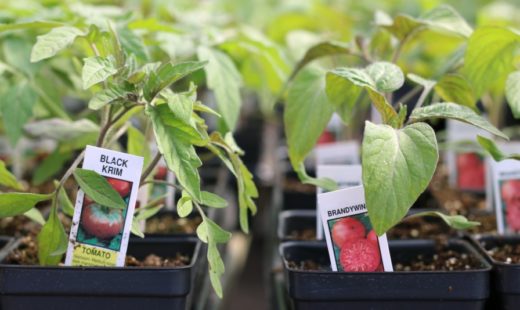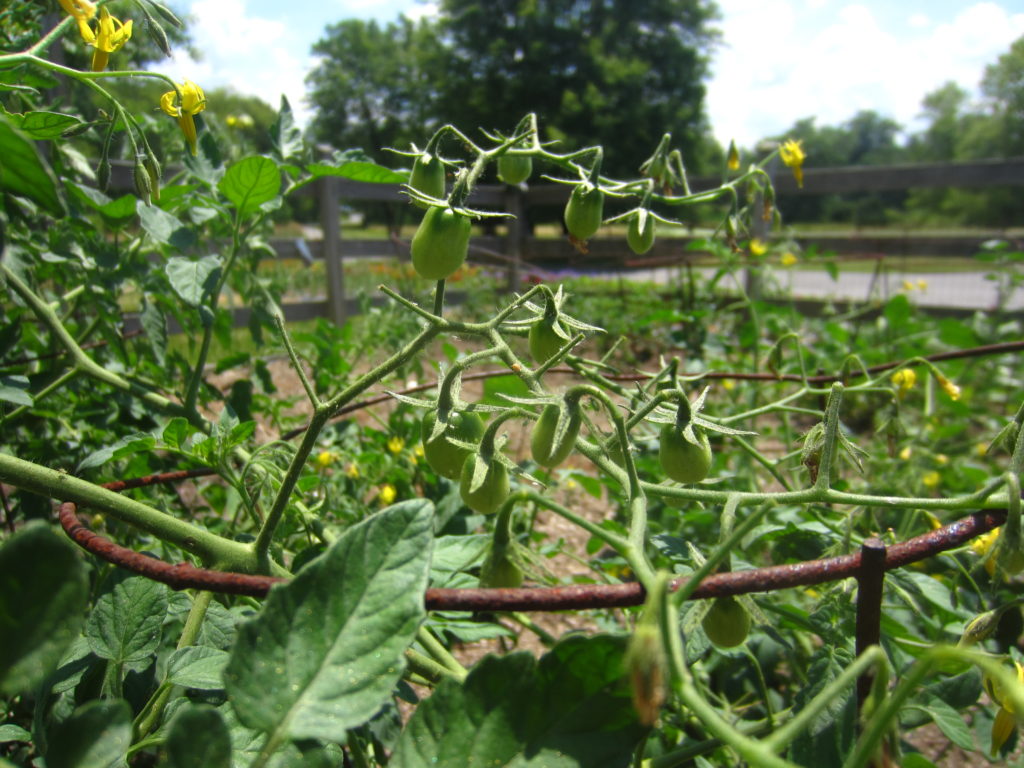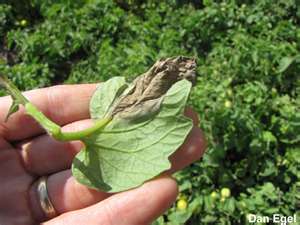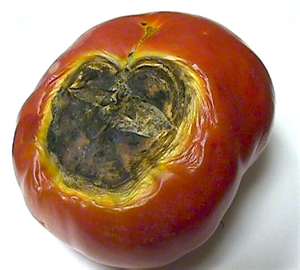
Tomato FAQ
Mark and Sue Adams answer your most frequently asked questions on growing and caring for tomato plants.
How are Heirloom, Hybrid and Grafted Tomatoes Different?
An heirloom tomato is a tomato variety that is more than 50 years old. The seeds have been passed down from generation to generation. When you save the seeds from your heirloom tomato and plant them you will get the same tomato again. These tomatoes tend to be “ugly”, but flavorful.
A hybrid tomato is bred by crossing varieties. These tomatoes are designed to be more disease resistant and yield higher amounts of fruit. Saving seeds from a hybrid tomato and then planting them will not necessarily give you the same tomato plant. Hybrid tomato plants will yield a more uniform fruit with improved traits.
A grafted tomato is a combination of two tomato varieties—one for its outstanding flavor, for example, combined with a specialized hybrid rootstock grown specifically for its vigor and disease resistance, creating a super tomato for the home gardener.
When Do Tomatoes Set Fruit?
The smaller the tomato, the earlier it will bear fruit. Tags will tell if a tomato is early, mid- season or late by it’s DTM (Date To Maturity). The DTM is the amount of days from when the seedling is transplanted outside to the date of the first appearance of mature fruit.
What Is the Difference Between Determinate and Indeterminate Varieties?
Determinate varieties, many also called “bush,” are varieties that are bred to grow to a compact height, approximately 4 feet. The plants stop growing when fruit sets on the terminal or top bud, ripen all their crop at or near the same time (usually over a two week period), and then die.
Indeterminate varieties are also called “vining” tomatoes. The plants grow and produce fruit until killed by frost and can reach heights of six feet (or more). They will bloom, set new fruit and ripen fruit throughout the growing season.
Keeping Your Tomato Plants Healthy:
- Water during dry spells and keep the plants well fed during the growing season.
- Mulching around the bottom of the plant will help lessen competition from weeds, retain moisture and provide a protective barrier that helps stop soil borne diseases from splashing up and onto the plants.
Mark Adams’ tomatoes (photo taken 6/29/14):

Tomato cages and stakes help to support your tomato plants:


Grafted tomato “Brandywine”:

Tomato Challenges & Solutions:
Cracking: Typically seen when tomatoes are receiving too much moisture and nutrients. The solution is easy: Cut back on watering and nutrients.
Fruits have dry, dark areas near the ends: Caused by dry, hot, or fluctuating moisture conditions. Solution: Keep plants well-watered during dry conditions and make sure they’re watered consistently.
Tomato Horn Worms: Horn worms must be removed from the plants and killed. If you see a tomato horn worm with eggs on it, leave it alone. A helpful (parasitic) wasp has visited your plant and laid its eggs and will get rid of the horn worms for you!

Blight (old leaves have brown or black spots): To prevent: Spray with copper before this happens, in early July, before the tomatoes are ready to eat, when the fruits are about the size of a nickel.


Blossom End Rot: Caused by a calcium deficiency. Solution: Use a liquid calcium solution, or try adding old eggshells to the soil around the plants. Crushing the eggshells helps them break down more quickly.


 Sue Adams
Sue Adams